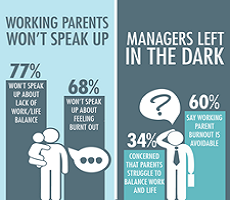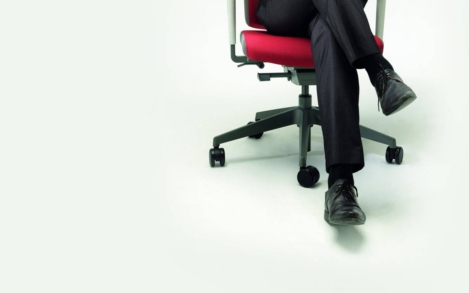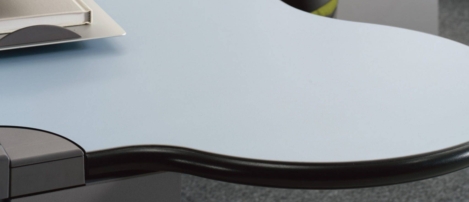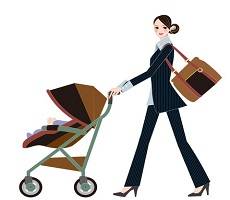October 14, 2015
Workspace shortage as office to residential rights made permanent 0
 The British Council for Offices (BCO) has warned that the UK needs to avoid a free-for-all following the government’s announcement it is to make permanent the relaxation of planning rules on the conversion of office to residential properties. According to recent BCO research, changes to the Permitted Development Right for office to residential conversion led to over 6 million sq ft of office space in England being converted to residential use in 2014. Some of the most concentrated commercial property markets have been significantly affected by this. In London, office to residential conversions are now occurring at a faster pace than ever before with 2.7 million sq feet of office space lost to residential conversions since May 2013. London Assembly Member Nicky Gavron questioned the decision to extend the scheme saying that it will reduce the availability of affordable workspace required by start-ups and small businesses in the capital.
The British Council for Offices (BCO) has warned that the UK needs to avoid a free-for-all following the government’s announcement it is to make permanent the relaxation of planning rules on the conversion of office to residential properties. According to recent BCO research, changes to the Permitted Development Right for office to residential conversion led to over 6 million sq ft of office space in England being converted to residential use in 2014. Some of the most concentrated commercial property markets have been significantly affected by this. In London, office to residential conversions are now occurring at a faster pace than ever before with 2.7 million sq feet of office space lost to residential conversions since May 2013. London Assembly Member Nicky Gavron questioned the decision to extend the scheme saying that it will reduce the availability of affordable workspace required by start-ups and small businesses in the capital.







 Investment in
Investment in 




 In years gone by, a ‘one size fits all’ approach to office design might have been the norm, but as the decades have progressed, so too have the options available to businesses designing ‘homes from home’ for their office-based workforces. As new interpretations of the office environment proliferated, so the open plan model came to into being and eventually evolved into the default office design model. This initially brought greater variety than ever before but, ultimately, a one size fits all mentality in
In years gone by, a ‘one size fits all’ approach to office design might have been the norm, but as the decades have progressed, so too have the options available to businesses designing ‘homes from home’ for their office-based workforces. As new interpretations of the office environment proliferated, so the open plan model came to into being and eventually evolved into the default office design model. This initially brought greater variety than ever before but, ultimately, a one size fits all mentality in 


 I was involved in a meeting with an office fit-out company this week which involved a discussion of how their clients can develop misconceptions about the extent to which their contemporaries are introducing new office design and management models based on agile working, shared space, mobile technology and all that other good stuff. This presents a particular challenge for firms in the sector because their day to day experiences of what clients talk about and ask from them can be pretty removed from the things talked about in the media. If you were to judge the state of the office solely on the basis of what you read and hear and see at shows, it would be easy to conclude that the office is indeed dying and dragging down with it the markets for office furniture, commercial property and traditional technology. The problem is that the facts don’t support that notion at all.
I was involved in a meeting with an office fit-out company this week which involved a discussion of how their clients can develop misconceptions about the extent to which their contemporaries are introducing new office design and management models based on agile working, shared space, mobile technology and all that other good stuff. This presents a particular challenge for firms in the sector because their day to day experiences of what clients talk about and ask from them can be pretty removed from the things talked about in the media. If you were to judge the state of the office solely on the basis of what you read and hear and see at shows, it would be easy to conclude that the office is indeed dying and dragging down with it the markets for office furniture, commercial property and traditional technology. The problem is that the facts don’t support that notion at all.


 A new study from US based technology research organisation ABI Research claims that sales of tablets as well as their worldwide user base will start to shrink next year for the first time. According to
A new study from US based technology research organisation ABI Research claims that sales of tablets as well as their worldwide user base will start to shrink next year for the first time. According to 











October 14, 2015
Sitting down is no worse than standing for long periods, claims new study 0
by Mark Eltringham • Comment, News, Wellbeing, Workplace design
(more…)